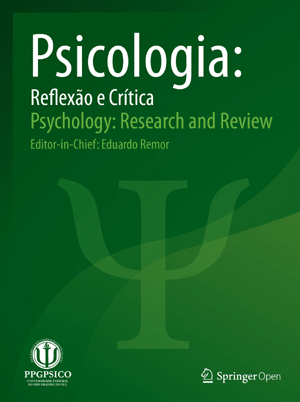Abstract
The aim of this study was to analyze the contrast sensitivity of spatial luminance and the color discrimination thresholds of the protan, deutan, and tritan axes of people with leprosy. This study included 8 subjects with leprosy (M = 4, W = 4, M = 33.38 ± 8.7) and 8 healthy subjects (M = 4, W = 4, M = 30.89 ± 5.8). The contrast sensitivity was evaluated by the Metropsis software version 11.0 with vertical sinusoidal grids of frequencies of 0.2, 0.5, 1, 5, 10, and 16 cycles per degree of visual angle (cpd) and color vision by the desaturated Lanthony D15 tests and the trivector and ellipse protocols of the Cambridge Color Test. The results showed significant differences between the groups in the processing of spatial frequencies of 0.2 (U = 14; p = .018); 5.0 (U = 45.0; p = .001); 10.0 (U = 45.0; p = .001), and 16.0 (U = 45.0; p = .001) cpd. The difference in color recognition through D15d (U = 4.0; p = .002). Ellipse 2 (U = 10.0; p = .012) and ellipse 3 (U = 9.0; p = .009) were discriminated against. Overall, the results indicate that leprosy changes the visual processing of low, medium, and high spatial frequencies, as well as the sensitivity of the short wavelength (tritan line of confusion) and long (protan line of confusion) cones.
Contrast sensitivity; Color confusion axles; Leprosy

 Thumbnail
Thumbnail
 Thumbnail
Thumbnail
 Thumbnail
Thumbnail
 Thumbnail
Thumbnail



